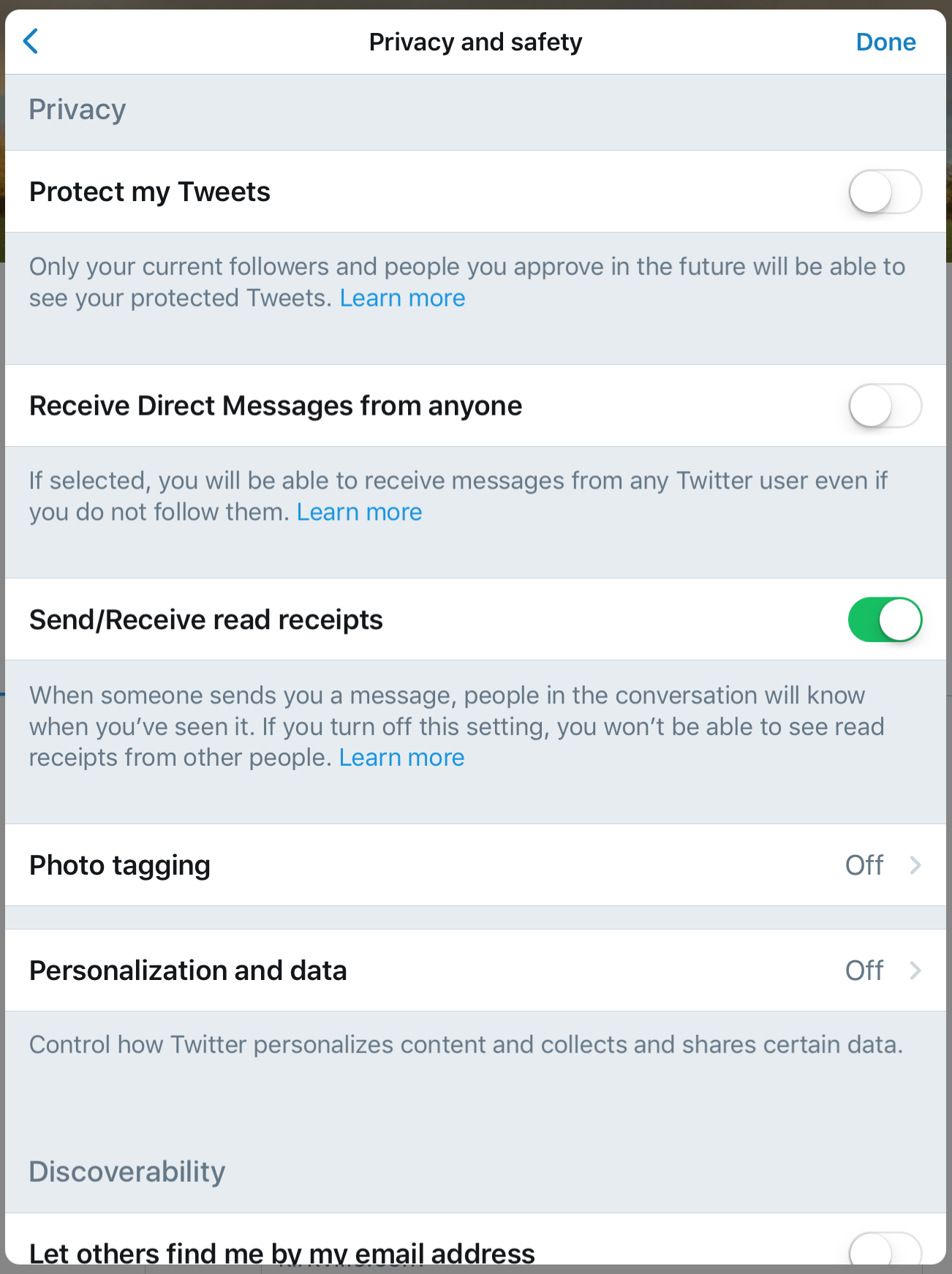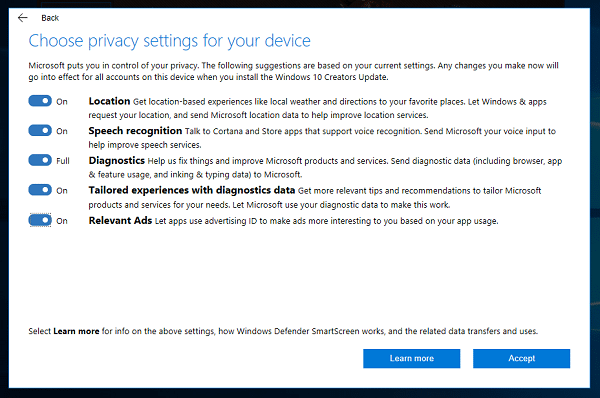

- Twitter privacy and safety settings windows 10#
- Twitter privacy and safety settings professional#
- Twitter privacy and safety settings tv#
- Twitter privacy and safety settings windows#
Ultimately, whether or not to hide your followers is a personal decision. It can make it harder for people to find and connect with you, and it may make you appear to be less approachable. However, there are some downsides to hiding your followers. Hiding your followers also has the benefit of making it more difficult for people to find out who you follow and see what you're interested in.
Twitter privacy and safety settings professional#
This can be useful if you keep your follower list private for personal or professional reasons. When you hide your followers, only you can see the list. One way to protect your privacy on Twitter is to hide who you follow. In the world of social media, privacy is a precious commodity. For all these reasons, hiding who you Follow on Twitter can be pretty essential. If you follow someone with opposing views, it may be easier to prevent arguments if others don't know about it. Finally, hiding who you Follow can also help to avoid conflict.

If you follow someone particularly controversial, you may not want everyone to know about it. If someone is Followed by someone they don't want to be associated with, they may be less likely to engage with that person for fear of retaliation.Īdditionally, hiding who you Follow can also be a way to protect your privacy. For one, it can help to prevent harassment. While some people may see hiding who they follow on Twitter as unimportant, there are a few good reasons to do so. As a result, some users like to hide their followers list. However, not all users are comfortable with everyone knowing who they follow on Twitter. In the world of social media, it is common for users to follow various people, from friends and family to celebrities and brands. Nearly 400,000 subscribers received the newsletter complete with a handwritten tip every day.Is Hiding who you Follow on Twitter Important?
Twitter privacy and safety settings windows#
He gave advice on dark web scans on Miami's NBC 6, discussed Windows XP's demise on WGN-TV's Midday News in Chicago, and shared his CES experiences on WJR-AM's Guy Gordon Show in Detroit.Ĭhris also ran MakeUseOf's email newsletter for two years.
Twitter privacy and safety settings tv#
In addition to his extensive writing experience, Chris has been interviewed as a technology expert on TV news and radio shows. The company's project was later reportedly shut down by the U.S. A wave of negative publicity ensued, with coverage on BuzzFeed News, CNBC, the BBC, and TechCrunch. At CES 2018, he broke the news about Kodak's "KashMiner" Bitcoin mining scheme with a viral tweet. Starting in 2015, Chris attended the Computer Electronics Show (CES) in Las Vegas for five years running.

His work has even appeared on the front page of Reddit.Īrticles he's written have been used as a source for everything from books like Team Human by Douglas Rushkoff, media theory professor at the City University of New York's Queens College and CNN contributor, to university textbooks and even late-night TV shows like Comedy Central's with Chris Hardwick.
Twitter privacy and safety settings windows 10#
His roundups of new features in Windows 10 updates have been called "the most detailed, useful Windows version previews of anyone on the web" and covered by prominent Windows journalists like Paul Thurrott and Mary Jo Foley on TWiT's Windows Weekly. Instructional tutorials he's written have been linked to by organizations like The New York Times, Wirecutter, Lifehacker, the BBC, CNET, Ars Technica, and John Gruber's Daring Fireball. The news he's broken has been covered by outlets like the BBC, The Verge, Slate, Gizmodo, Engadget, TechCrunch, Digital Trends, ZDNet, The Next Web, and Techmeme. Beyond the column, he wrote about everything from Windows to tech travel tips. He founded PCWorld's "World Beyond Windows" column, which covered the latest developments in open-source operating systems like Linux and Chrome OS. He also wrote the USA's most-saved article of 2021, according to Pocket.Ĭhris was a PCWorld columnist for two years. Beyond the web, his work has appeared in the print edition of The New York Times (September 9, 2019) and in PCWorld's print magazines, specifically in the August 2013 and July 2013 editions, where his story was on the cover. With over a decade of writing experience in the field of technology, Chris has written for a variety of publications including The New York Times, Reader's Digest, IDG's PCWorld, Digital Trends, and MakeUseOf. Chris has personally written over 2,000 articles that have been read more than one billion times-and that's just here at How-To Geek.

Chris Hoffman is the former Editor-in-Chief of How-To Geek.


 0 kommentar(er)
0 kommentar(er)
